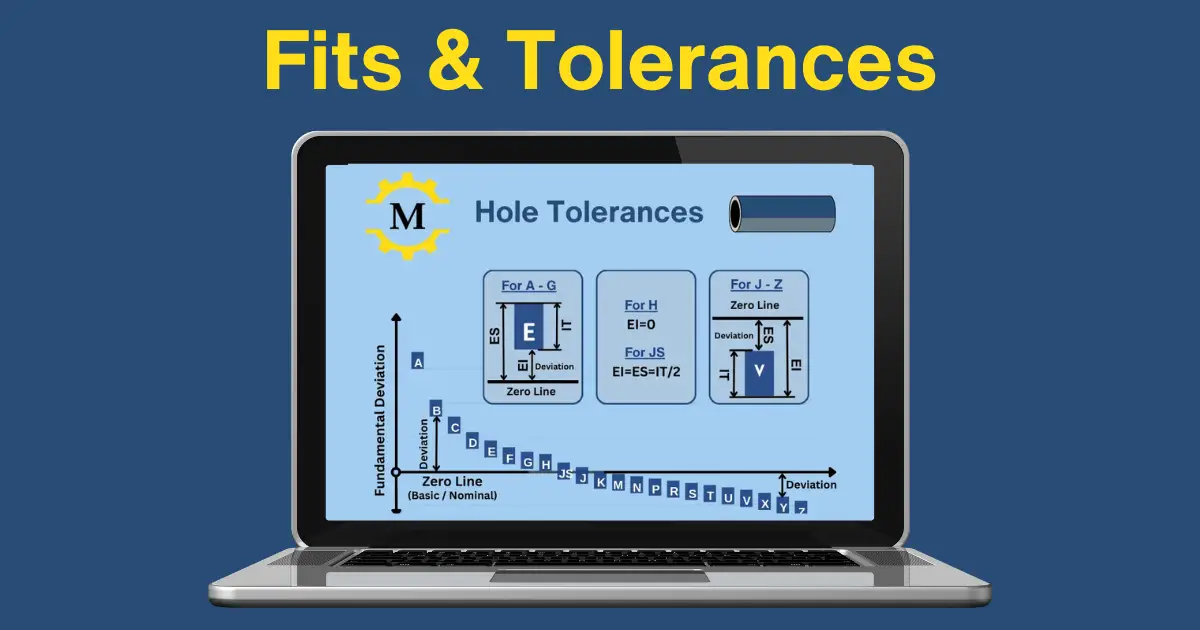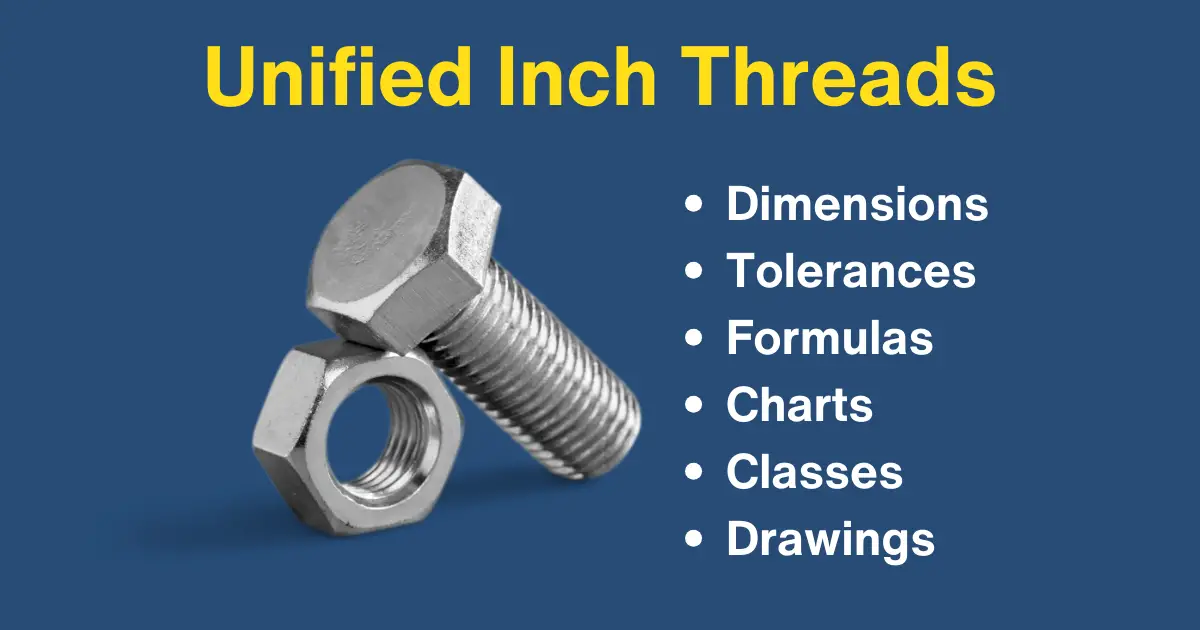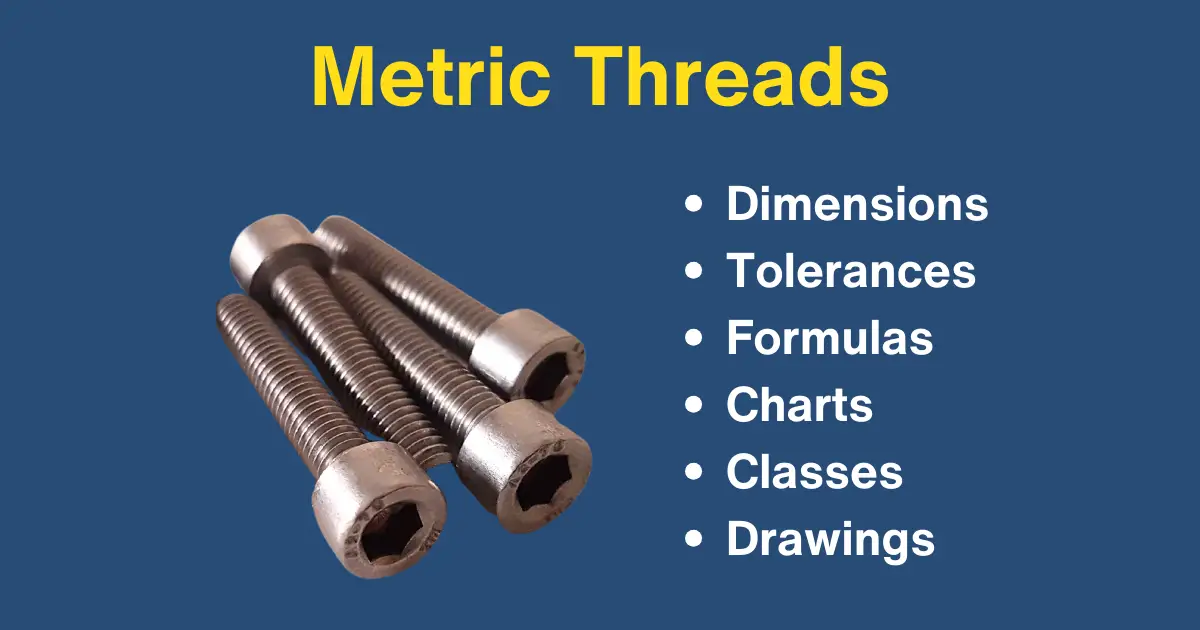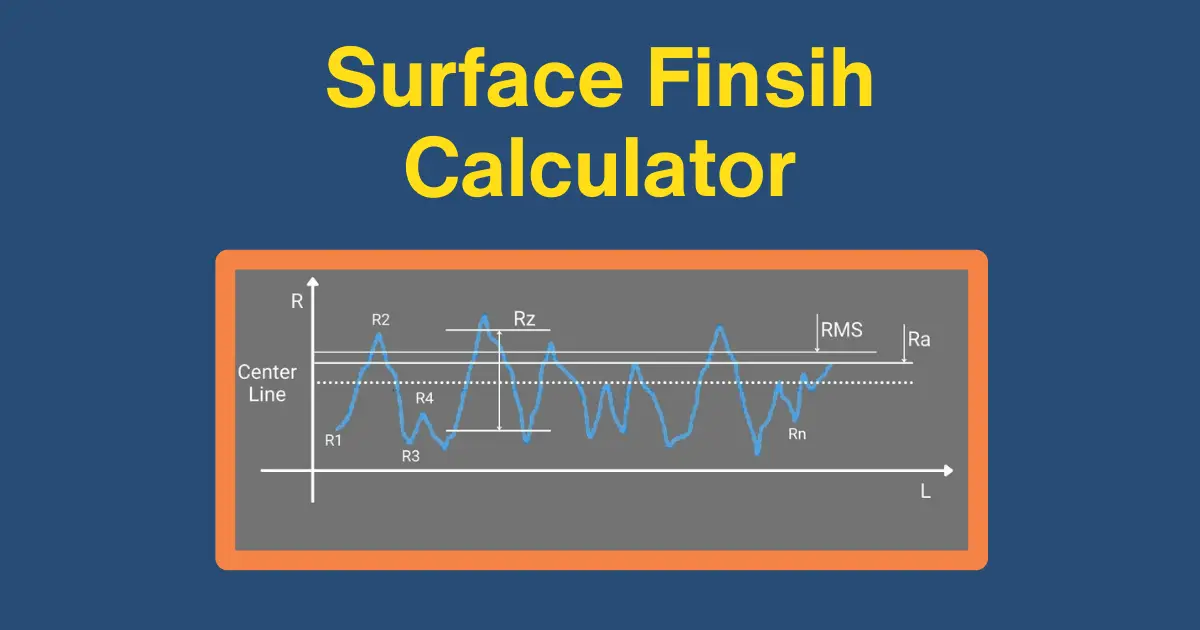Whether referred to as work hardening by machinists or strain hardening by metallurgists, this article explores the intricacies of this metallurgical phenomenon, explaining its characteristics and dispelling common misconceptions.
Work hardening, also known as strain hardening, is a metallurgical phenomenon observed in metals. It leads to an increase in hardness and strength due to plastic deformation below the recrystallization range. This process is primarily induced by mechanical stress, including machining and forming, causing structural changes in the material.
Understanding Work Hardening:
- Increased Hardness and Strength: Work hardening increases the material’s hardness and strength by reconfiguring its atomic structure, hindering further deformation.
- Selective Metal Susceptibility: Certain metals, such as soft, low-carbon steel, alloys containing nickel and manganese, and specific superalloys like Inconel and Monel, exhibit notable work-hardening traits.
- Plastic Deformation as Trigger: Plastic deformation, caused by various techniques such as bending, rolling, or hammering, is the primary driver of work hardening.
Misconceptions about Work Hardening:
- Distinguishing from Recrystallization: Work hardening is distinct from hot working as it occurs at temperatures below the recrystallization range. Hot working involves deformation at high temperatures, preventing strain hardening.
- Reversibility through Heat Treatment: Despite its transformative effects, work hardening isn’t a permanent change. Heat treatment processes like annealing can restore the material’s initial properties.
Materials Susceptible to Work Hardening During Machining:
Materials that are highly susceptible to work hardening and strain hardening during machining are typically those with a high degree of ductility.
Some of these materials include:
- Aluminum Alloys: Many aluminum alloys, such as 2024 and 7075, are highly susceptible to work hardening, requiring careful tool selection and cutting techniques.
- Copper and Copper Alloys: Pure copper, brass, and bronze are known for their high ductility and can ‘work harden’ rapidly during machining.
- Titanium Alloys: Titanium alloys, common in aerospace and medical applications, exhibit strong work hardening tendencies, necessitating caution during machining.
- Stainless Steels: Austenitic stainless steels like 304 and 316 are susceptible to work hardening. Proper tooling and cutting speeds are crucial when machining them.
- Nickel-Based Superalloys: Superalloys such as Inconel and Monel, used in aerospace and marine applications, are highly susceptible to work hardening.
- Brass and Lead: Copper-zinc alloy (brass) and soft metals like lead ‘work harden’ easily during machining.
- Certain Plastics: Thermoplastic materials like polycarbonate can exhibit strain hardening under mechanical stress during machining.
It’s important to consider cutting parameters, tool selection, and lubrication to minimize work hardening and strain hardening effects during machining. Also, post-machining processes like annealing can relieve the hardening effects and restore the material’s original properties when necessary.
Understanding the nuances of work hardening aids in developing effective manufacturing strategies and maintaining the desired mechanical properties of materials.
This page was contributed by David Moor from Secco Tools.

With three decades of manufacturing experience, David Morr has been the ‘Global Engineering Education Expert’ at Seco Tools since 2021. Hailing from Sydney, Australia, he’s known for insightful content like “6 Essential Tool Maintenance Tips for Machinists” and “Beginner’s Guide to CNC Milling Operations and Strategies.”
Read more about David.









